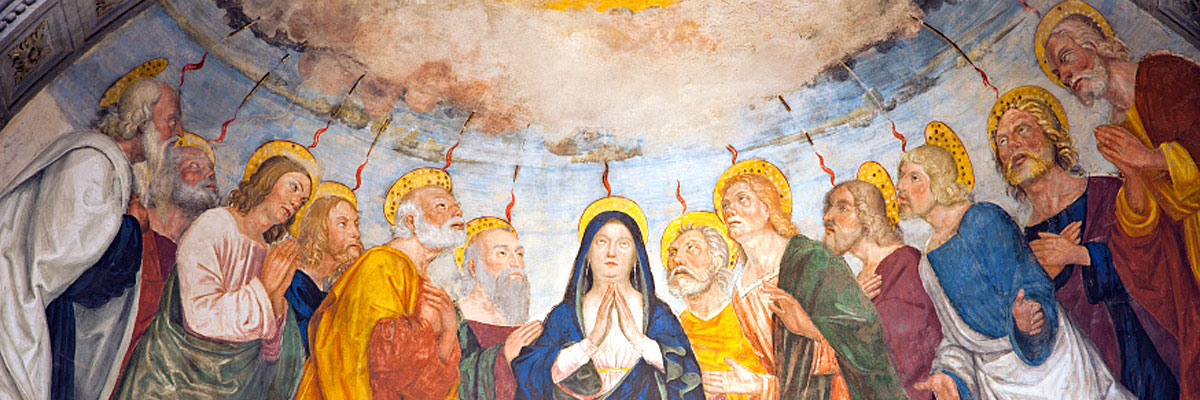
Understanding Our Church
A Treasury of Arkansas Writers Discussing the Catholic Faith
Official Website of the
Catholic Diocese of Little Rock
Beyond Resurrection, Christ lives in the Spirit and will die no more
Published: May 1, 2004
By Father Raphael Kitz, OCD
We recently celebrated the great mystery of faith that we call the Resurrection of Christ from the dead, or the paschal mystery. This truth of our faith that we profess in the creed is both a miracle and a mystery. The raising from the dead of the daughter of Jairus, the son of the widow of Nain and of Lazarus, are called miracles in the sense that these persons were called back to continue the same life and existence they lived before death.
Great miracles, indeed, but death awaited them yet again. In the case of Jesus, not only a miracle, but a great mystery is involved. Jesus does not return to his former existence, but is taken up into a totally new sphere of existence, a heavenly existence, no longer subject to space or time. This is well expressed by St. Paul who says that Christ can die no more, or of St. Peter who calls Christ, alive in the Spirit.
Jesus’ great revelation to Martha, “I am the resurrection and the life,” declares to all of us that he already shares his risen existence with us through faith and the sacraments. The Father, who raised his Son up from the dead by the power of the Spirit, continues to work in us, until he brings us to our final destiny — to be with Christ, alive in the Spirit.
To believe that Christ has truly risen, that he has been raised by the power of God is the nucleus of our Christian faith. We should make every effort to make it the center of our lives. One means or suggestion is to practice the presence of the risen Lord. St. Augustine said with regard to the apparitions of the risen Christ that “He disappeared before their eyes in order to enter into their heart in order that they may return there and find him.”
The saint was recommending a search for the Lord’s abiding presence at the source of our being. This is a way of making the risen Lord a part of our lives, by practicing the presence of Christ alive in the Spirit within the depths of our hearts. An example of such a practice can be found in the life of St. Teresa of Avila. She continuously encouraged her disciples to seek Christ within.
She was fond of looking and reflecting on the episode of Christ risen, appearing to his disciples in the upper room, when all the windows and doors were shut because of fear. She considered herself to be the upper room in which Jesus stood, communicated peace and breathed the Holy Spirit. She found this a helpful way of making the risen Jesus the center of her life.
Sometimes she experienced the truth of this mystery in a visionary fashion. Other times her faithful practice was enlightened by a light from the Spirit. It could be compared to Jesus calling Mary Magdalene by name in the garden, or Jesus revealing himself in the breaking of bread. Holy Communion is a privileged time for our encounter with the risen Lord.
At that time our faith is especially alive to the truth that the Lord stands in our midst and is the source of our being and existence. It is an opportune time for us to hear our name called and to recognize him in the breaking of bread.



